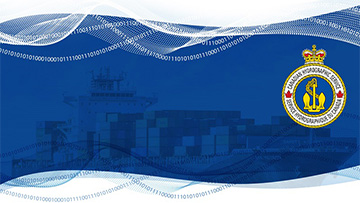Hydrography
Navigational products, services and information to ensure the safety of mariners.
Services and information
Economic benefits of hydrography
Offshore gas and oil sites, expanding navigation, mapping seabeds for renewable energy.
Canadian Hydrographic Service and the law
Legislation, regulation and enforcement of hydrography, oceans science.
Defining Canada's extended continental shelf
Canada's program for extending the continental shelf and defining our maritime boundaries.
Marine geodetic (surveying) advice and expertise
Nautical geodesy, maritime limits and boundaries, calculations for charts, consultations, expert testimony.
Standards for developers
Standards followed by the Canadian Hydrographic Service for developing nautical products.
Canadian Hydrographic Service collaborations
Work with other government agencies, international and private industry partners.
Acquiring hydrographic data
Measuring depths, heights, water levels and vertical datum for nautical publications.
Data processing techniques
How we convert raw data, use processing software and extract information.
Data management
Network of systems used to manage, process data, store, deliver services and products.
Advisory Committee on Undersea Feature Names
How to submit a naming proposal for undersea and surface maritime features.
E-navigation
Merging electronic marine information on ships and on shore to improve safe navigation.
Hydrography and charting under Canada's Oceans Protection Plan
About community hydrography and achievements under the Oceans Protection Plan.
Featured

CHS Digital Transformation Initiative
At the Canadian Hydrographic Service, innovation is a guiding principle for the bold digital transformation initiative now underway.
Page details
- Date modified:
